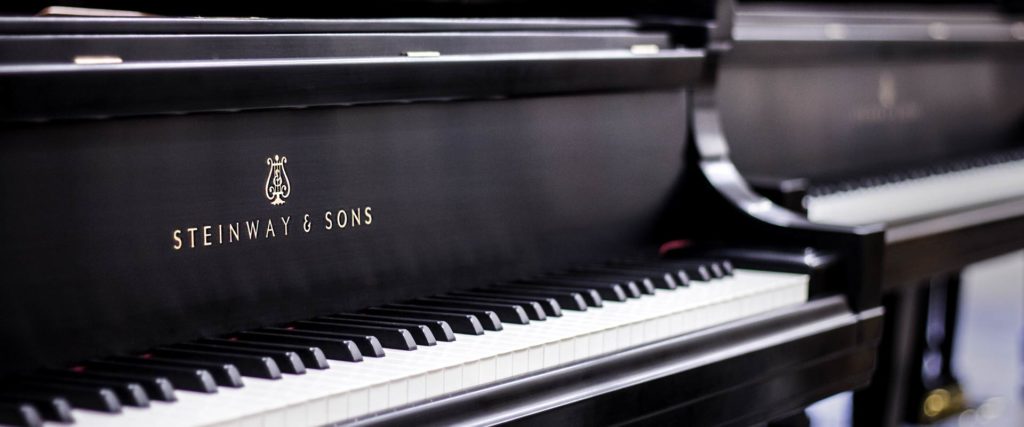
The Concert Piano War – Steinway Vs. All
Question: “It seems like I see Steinway pianos on stage all of the time. Why has Steinway & Sons dominated the concert market?”
Although Steinway & Sons Concert Grand Pianos currently rule almost all of today’s concert stages throughout the world, it wasn’t always this way. Even today, competitors fight hard to place their pianos on performance stages. With over 90% of concert pianists performing today on Steinway pianos, it is easy to forget that this company was once a small upstart fighting for their position within the massive North American piano market.
The Marketing | Steinway’s Prowess
Steinway & Sons has mastered the art of marketing. That is not to say they have not or do not continue to make quality products. Rather, they were the piano company who mastered both the art of piano building and the cut-throat world of advertising. During their early history, there were numerous high-end piano makers all competing for the ever-growing piano market. Names such as Chickering, Knabe, Weber, Mason & Hamlin and Steinway were in an ever ongoing battle to become THE best in the industry. Even companies like Everett – which today is best known as a former subsidiary of Yamaha, produced amazing concert level pianos. A custom Chickering grand piano was built to accompany famed singer Jenny Lind on a North American tour in 1850. At one of those performances, Heinrich E. Steinweg (later Henry E. Steinway) had to be coaxed away from the piano as he was fascinated at examining its design. Only a few decades later his company would greatly outpace the success of Chickering.
William Steinway, Henry E. Steinway’s son gets much of the credit for Steinway & Sons’ business and marketing prowess. His business mind coupled with his brother C.F. Theodore Steinway’s technical skills ensured that the growing company was in good hands. Having high caliber pianists choose your piano over others was seen as being highly prestigious and influential. Thus, the Steinway Artists program was birthed coupled with the company’s bank of concert instruments. Through his leadership, Steinway & Sons fought an almost brutal battle on the business front to ensure their instruments continued to grow in quality along with their market share.
The end result is that today, the Steinway Model D is synonymous with the idea of a concert piano. Documentaries, articles and news segments have been produced, highlighting their beautiful construction. This has helped lead to an even more dedicated following that extends even beyond the musical community.
The Infrastructure | Steinway’s Piano Bank
One of the primary reasons that artists continue to select Steinway & Sons pianos for their concert use, is the company’s world renowned “bank” of performance instruments. With well-maintained pianos available for use in almost every major city imaginable, this can give assurance to the artist that they will have a solid, concert level instrument ready for them when they tour. Several hundred of these pianos are placed throughout the world with the majority of them located in the U.S. Most of these pianos are Model B and Model D Grands and receive extra prep and care for their use on stage. The majority of these pianos are utilized for 4-5 years in this capacity before being sold to clients.—often, their use as C&A pianos is a huge selling point.) Other companies such as Mason & Hamlin, Fazioli, etc. do not have the resources or infrastructure in place to meet the demand this program has generated.
The Quality | The Steinway Legend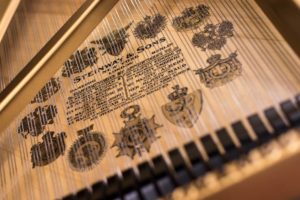
Steinway & Sons has, and continues to set the bar on the concert stage with their renowned concert pianos. There is no question that the quality of their pianos is the reason they have been able to maintain their dominant stance. After all, a company may have amazing marketing, but without a good product to back up claims, success will be fleeting—this is especially true with pianos and instruments because the quality is so apparent to artists and audience alike.
The Steinway Model D is considered by many to be the quintessential concert grand piano. Measuring 8’11 ¾” in length these 1,000 lbs. concert instruments have become the symbol of luxury and precision craftsmanship.
Baldwin | One of the Last Competitors
Baldwin was one of the last American manufacturers to go toe to toe with Steinway on the concert stage. Their bank of concert instruments helped attract artists like Liberace and Bruce Hornsby to the Baldwin Artist rolls. Great service from the Concert & Artists division also helped keep artists loyal to the company. Internal Steinway documents indicate growing concern during the mid-20th century that they were being overtaken in the concert market. Sadly, when Baldwin recently went bankrupt, the bank of concert level pianos ceased to exist. This has left Steinway as one of the last remaining American makers of pianos with a collection of C&A instruments large enough to meet the demands of pianists. Yamaha has continued to advance their concert and artists program and has made headway around the world; though, Steinway & Sons still has the largest program. (Yamaha’s C&A program was the center of the lawsuit between Hendricks Pianos and Steinway during the 70s which we may touch on in a later.)
The Concert Market Today | Increasing Competition
Another major player for concert stage pianos is Kawai. Their EX-Concert Grand piano is regularly selected alongside Yamaha pianos and Steinway pianos at major competitions around the world. A new player on the stage is Fazioli. This small Italian maker has specialized in building highly refined, low production run grands that have wowed the artists who have been lucky enough to have the chance to run them through their paces. In 2011 the Juilliard School made waves when they made the decision to purchase a Fazioli grand piano and made it available for performance use. Mason & Hamlin Model CC Concert Grands are some of the most imposing and powerful concert instruments made today and are made in small numbers here in the United States. C. Bechstein concert grands from Germany remain among the most expensive and high performing grand pianos available.
Today, the piano market is not nearly as large as it once was during the industry’s ‘golden era.’ That is not to say competition is not still fierce. The primary competitors in this war of music seem to have come down to Steinway & Sons, Yamaha, and Kawai. Makers compete heavily to win over artist’s endorsements. (Recently, Steinway was able to secure Bruce Hornsby from Baldwin and Yamaha was able to win the endorsement of Ben Folds.)
The good news is that this continued competition has driven each remaining company to work toward perfection. Usually, the quality of any nine foot piano from any of the major makers is very similar and personal preference is the main driving factor when it comes to a concert piano’s selection. Steinway & Sons pianos – both new and vintage- may still be the dominant force on the concert stage but the other manufacturers continue to compete – and that is a good thing. Continued competition ensures that musicians and connoisseurs alike are able to get the best pianos possible.
About us: Founded in 1975, Chupp’s Piano Service, Inc. has specialized in the art of fine piano restoration and rebuilding. Our restored pianos have become the preferred choice of numerous concert venues, performance halls and professional pianists around the world. We proudly do our part in continuing the fine craftsmanship that was once standard during the golden age of piano manufacturing. Our showroom and rebuilding facility in Michiana features an uncommonly large selection of fine pianos for sale. Contact us today for additional information.
Chupp’s Piano Service | Specializing in the Restoration of Vintage Steinway Pianos

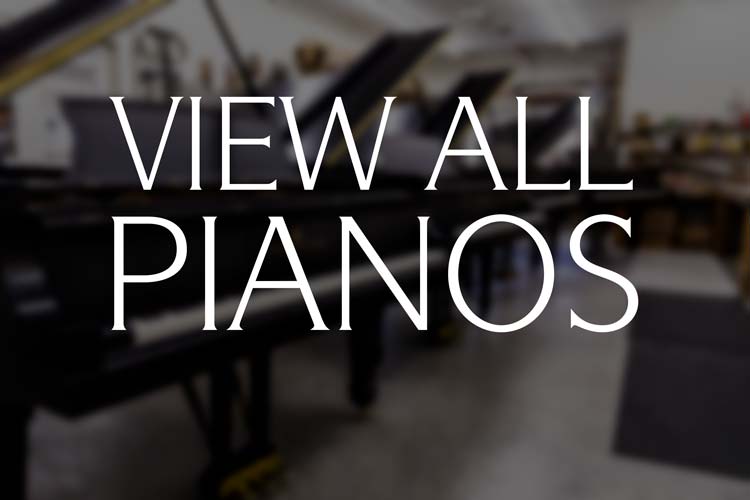
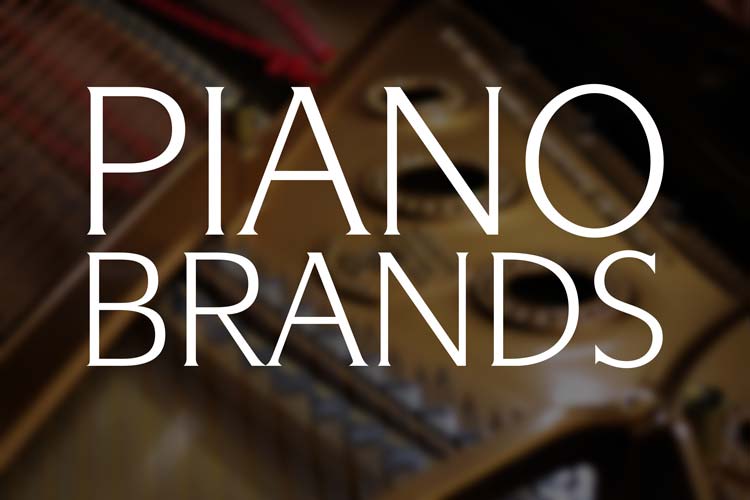
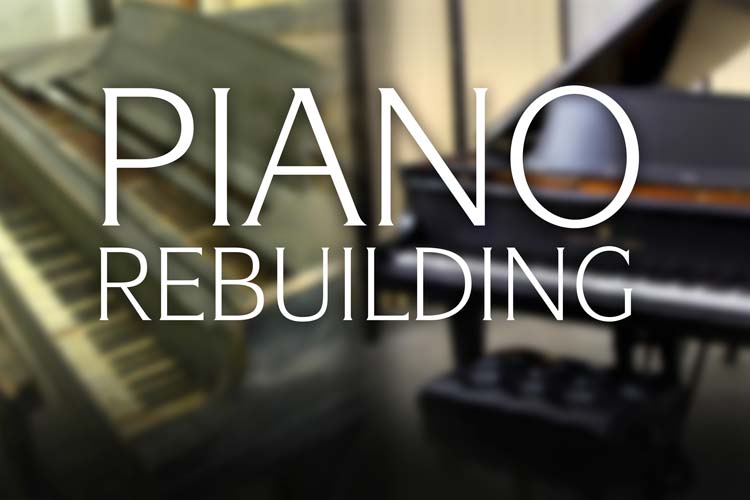
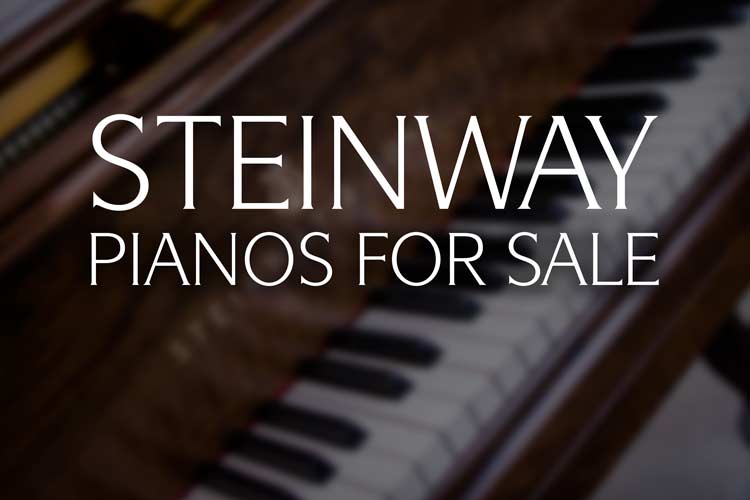
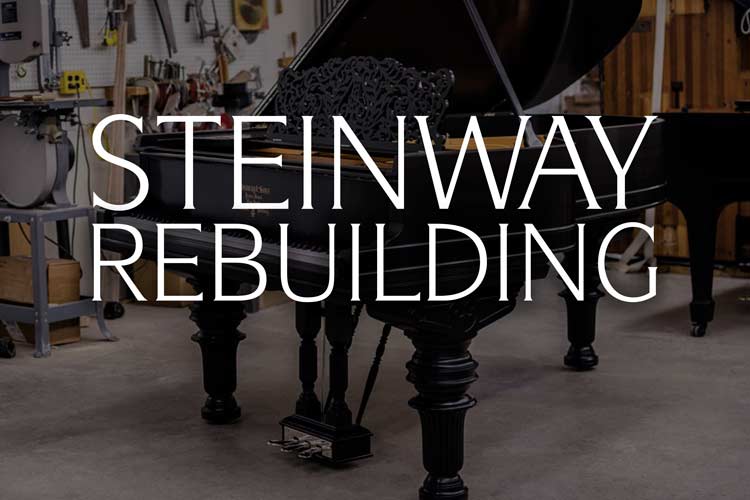
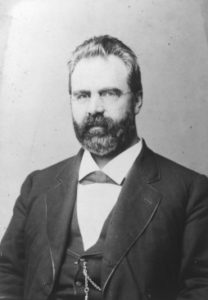
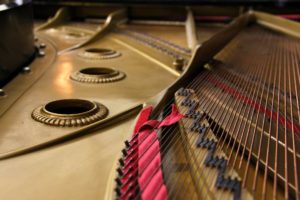
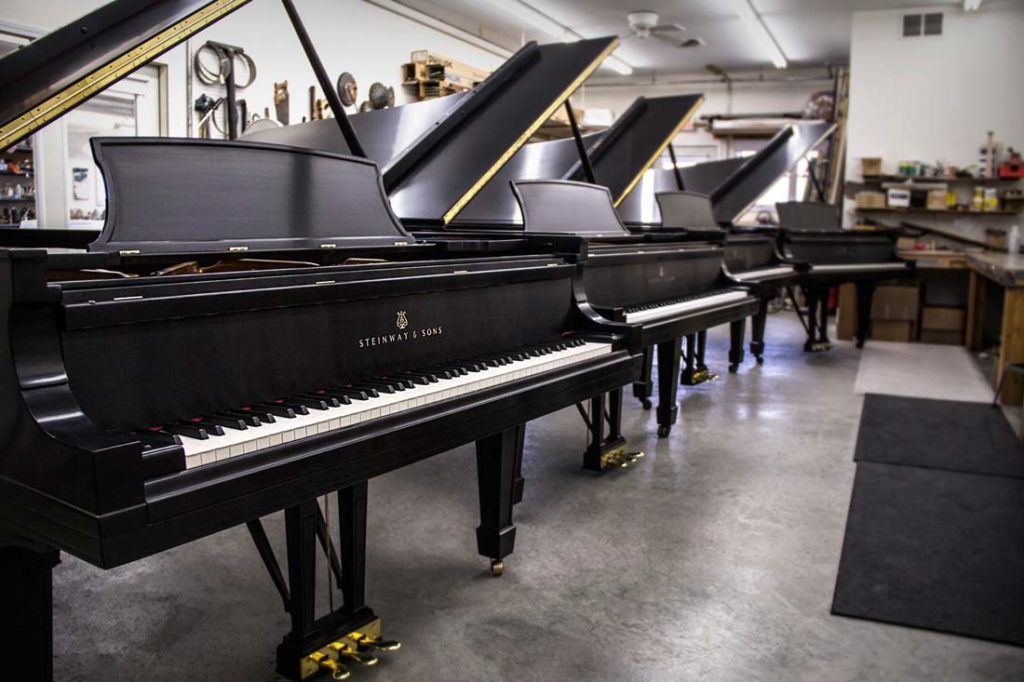
Leave a Reply
You must be logged in to post a comment.